Google and Yahoo will be implementing email authentication changes in 2024 to fortify email systems against fraudulent activities, enhance cybersecurity, and reduce spam emails.
Understanding the Changes
In 2024, Google and Yahoo are introducing significant changes to email authentication requirements to enhance security and reduce spam. Yahoo will mandate that all bulk senders authenticate their emails, enable easy unsubscription, and only send messages that recipients want. Similarly, Gmail will require bulk senders to authenticate their emails, facilitate easy unsubscription, and ensure that their emails are wanted by recipients by February 2024.
Properly authenticated messages play a crucial role in identifying and blocking malicious emails, contributing to a more secure email environment.
Key Requirements for Bulk Email Senders
- Authenticate sent email: To make our users feel more secure about the origin of an email, senders need to implement more robust email verification using widely recognized industry standards like SPF, DKIM, and DMARC.
- Simplify Unsubscribing: Make it easy for users to unsubscribe from unwanted emails. It should be as simple as clicking a button. Users should alsow get a response to their request within two days.
- Only send emails that users want: Strive to make sure inboxes are free from unwanted or irrelevant emails to ensure users can maintain a spam-free mailbox so they can enjoy their email experience.
Impact on Senders
The implementation of these changes aims to fortify email systems against fraudulent activities, bolster overall cybersecurity, and reduce the prevalence of spam emails.
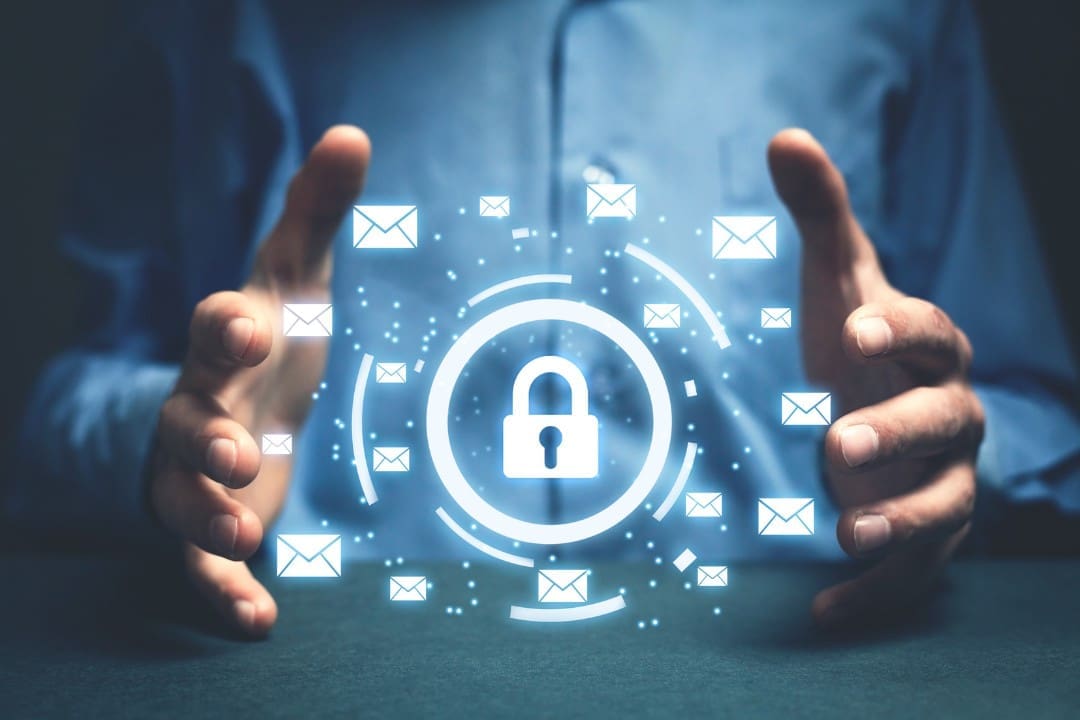
The new policy includes mandatory SPF and DKIM authentication, ensuring DMARC configuration, passing DMARC alignment, allowing easy unsubscribe, and reducing the spam rate threshold. Furthermore, organizations sending more than 5000 emails per day will be required to implement DMARC to comply with the new policies.
Why are Gmail and Yahoo Requiring Senders to Make Changes?
Gmail’s AI-powered defenses are designed to halt over 99.9% of spam, phishing, and malware. The new requirements for bulk senders are intended to enhance inbox safety and reduce spam.
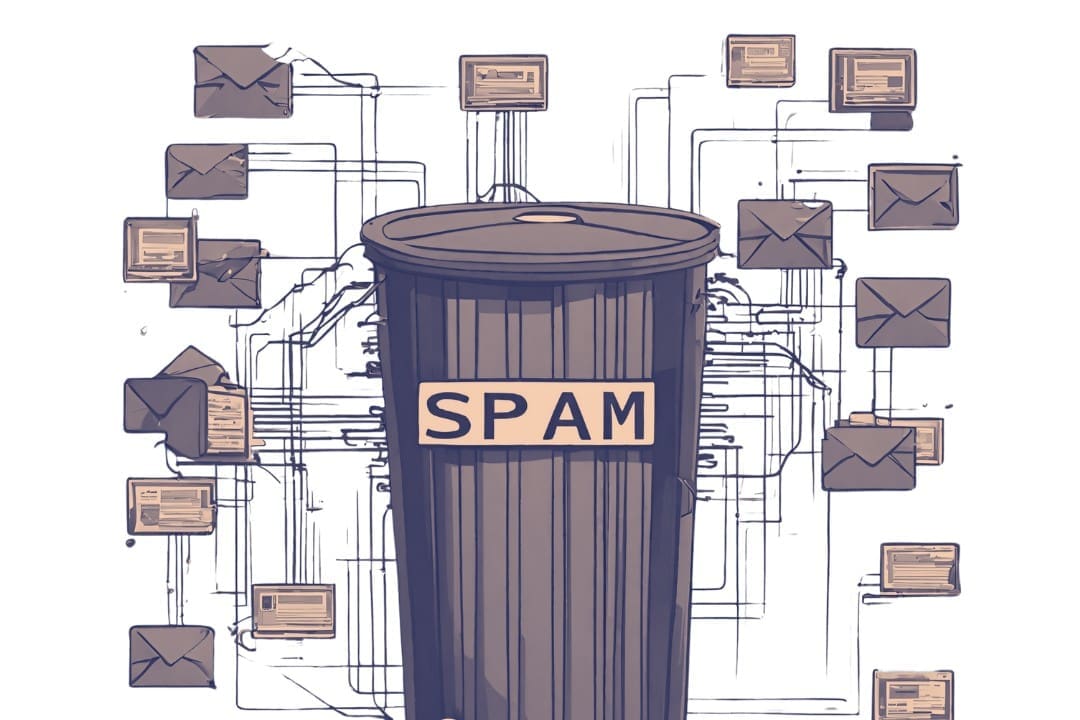
Gmail will provide clear guidance to assist senders in improving their email systems, emphasizing the need for collaboration and vigilance from the entire email community to maintain a secure, user-friendly, and spam-free environment.
Yahoo’s mission is to deliver desired messages while filtering out unwanted ones. In line with this, they will mandate all bulk senders to authenticate their emails, facilitate easy unsubscription, and only send messages that users want. It is noted that bulk senders often neglect to secure and set up their systems correctly, inadvertently enabling malicious actors to exploit their resources.
Compliance and Guidance
Both Gmail and Yahoo are implementing new email security initiatives in 2024, and it is crucial for all senders, especially bulk senders, to adapt to these evolving requirements to enhance deliverability and comply with industry standards.
While these requirements are primarily aimed at bulk senders, all email marketers should make an effort to comply as soon as possible. Requirements can change at any time, so it’s best to stay ahead of the game. Maintaining a strong sender reputation is crucial to the success of every business’s email marketing efforts.
After all, if end users don’t enjoy reading their emails or become overwhelmed with spam, they are less likely to engage with your well-crafted emails that have the potential to captivate them and generate interest in your products and offerings.
2024 Email Sender Compliance Checklist
1. Implement SPF
SPF (Sender Policy Framework) is an email authentication protocol that helps prevent email spoofing and unauthorized use of your domain name in email headers. It allows you to specify which IP addresses or servers are authorized to send emails on behalf of your domain.
Setting up SPF for your small business is relatively straightforward. Your email provider will give you specific steps, but they will usually look something like this:
- Log in to your domain registrar or DNS hosting provider.
- Locate the DNS settings for your domain.
- Add a new TXT record to your DNS settings.
- In the TXT record, enter the following SPF policy:
v=spf1 include:yourmailserver.com ~all- Replace “yourmailserver.com” with the domain name or IP address of your mail server. If you use multiple mail servers, you can include them by separating each entry with a space. For example:
v=spf1 include:mailserver1.com include:mailserver2.com ~all
- Save the changes to your DNS settings.
By implementing SPF, you are adding an extra layer of security to your email communication. It helps prevent unauthorized senders from using your domain name, reducing the risk of phishing attempts and protecting your brand reputation.
2. Implement DKIM
DKIM (DomainKeys Identified Mail) is an email authentication method that allows the recipient’s email server to verify that an email message has not been tampered with during transit and that it actually originated from the stated domain. It adds a digital signature to the email headers, which can be verified by the recipient’s server using the public key published in the domain’s DNS records.
Setting up DKIM for your small business is relatively straightforward. Again, your email provider will give you specific instructions, but here are the general steps to expect:
- Generate a DKIM key pair: Use your email service provider’s settings to generate a public and private key pair unique to your domain.
- Publish the public key in DNS: Add a TXT record to your domain’s DNS settings with the public key information provided in the previous step. This allows the recipient’s email server to retrieve and verify the DKIM signature.
- Configure your email server or email service: Enable DKIM signing in your email server or email service provider settings. This involves specifying the private key generated in step 1.
- Test and monitor: Send test emails to check if the DKIM signature is valid and properly configured. Monitor your email deliverability and DKIM authentication status to ensure everything is functioning correctly.
By implementing DKIM, you add an extra layer of security and trust to your email communications. It helps prevent email spoofing and provides recipients with assurance that the email they received was genuinely sent by your domain.
It’s important to note that neither SPF or DKIM alone will guarantee email deliverability or prevent all types of email abuse. However, it is a recommended best practice for small business owners to enhance the security, credibility, and deliverability of their email communications.
3. Implement DMARC policies
DMARC (Domain-based Message Authentication, Reporting, and Conformance) is an email authentication protocol that helps prevent email spoofing and phishing attacks. It allows domain owners to specify how email receivers should handle unauthenticated emails that claim to be sent from their domain.
Setting up a DMARC policy is beneficial for small business owners as it provides an additional layer of protection for email communications. By implementing DMARC, you can:
- Prevent unauthorized use of your domain: DMARC helps ensure that only authorized senders can use your domain name in email headers, reducing the risk of email spoofing and phishing attempts.
- Improve email deliverability: With a DMARC policy in place, email receivers can verify the authenticity of emails sent from your domain, increasing the chances of your legitimate emails reaching the recipients’ inboxes.
To set up a DMARC policy for your domain, follow these steps:
- Start with SPF and DKIM: Before implementing DMARC, make sure you have already set up SPF and DKIM for your domain. These authentication methods work together with DMARC to enhance email security.
- Publish a DMARC record: Add a DMARC record to your domain’s DNS records. The record contains instructions for email receivers on how to handle unauthenticated emails. The DMARC record should include information such as the policy type, email addresses for receiving DMARC reports, and actions to take when an email fails authentication.
- Monitor DMARC reports: Once your DMARC policy is in place, regularly monitor the DMARC reports provided by email receivers. These reports will give you insights into how your domain is being used and whether any unauthorized or fraudulent email activity is detected. NOTE: Monitoring DMARC reports is not for the tech shy. There are service providers that will doe this for you at a cost.
- Gradually enforce the policy: Start with a “none” or “monitor” policy to gather data and ensure that legitimate emails are properly authenticated. Once you are confident in the results, you can move to a stricter policy, such as “quarantine” or “reject”, to actively enforce email authentication.
A DMARC record example:
_dmarc.example.com. IN TXT "v=DMARC1; p=none; rua=mailto:dmarcreports@example.com; ruf=mailto:dmarcfailures@example.com; fo=1"
In this example, the DMARC record is set for the domain “example.com“. The record specifies the DMARC version (v=DMARC1), the policy for handling unauthenticated emails (p=none, meaning no action is taken), and the email addresses to receive DMARC aggregate reports (rua=mailto:dmarcreports@example.com) and failure reports (ruf=mailto:dmarcfailures@example.com). The “fo=1” parameter requests that the DMARC policy is strictly enforced by email receivers.
Please note that this is just an example, and you should replace “example.com” with your actual domain name. Additionally, the DMARC policy and email addresses should be customized as per your organization’s requirements.
Remember, implementing DMARC requires technical knowledge and access to your domain’s DNS settings. If you are unsure or uncomfortable with the setup process, consider seeking assistance from an IT professional or email service provider.
By setting up a DMARC policy, small business owners can enhance email security, protect their brand reputation, and improve the deliverability of their legitimate emails.
4. Add “Unsubscribe” to your Email Campaigns
Make it easy for your subscribers to unsubscribe if they are no longer interested. While it may be disappointing to see them go, they will appreciate your respect for their inbox.
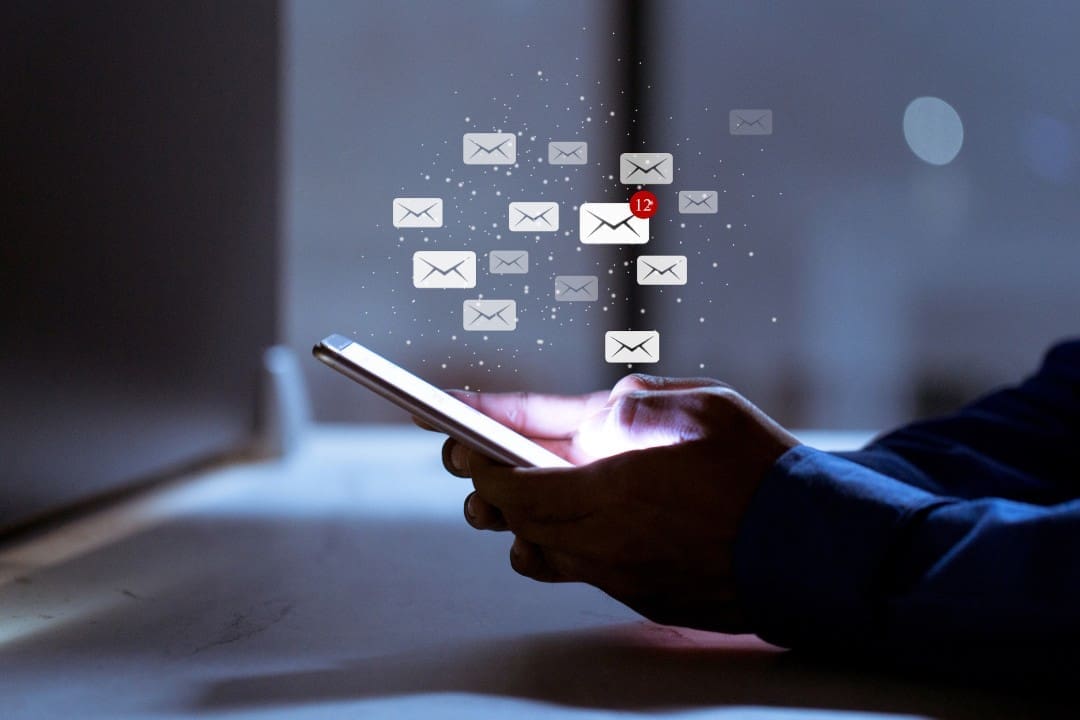
Streamlining your email marketing lists will increase your ROI, and you may even save money if you pay per contact, which is common for most email marketing platforms.
Even better, segment your subscribers and offer them the option to opt in or out of specific groups. They may still want to receive updates about sales campaigns and new features, but not on a daily basis. By giving them a choice, you can continue to nurture them in a less intrusive way.
5. Send Email Campaigns that Provide Value to your Subscribers
When it comes to sending email campaigns, it’s important to remember that quality matters more than quantity. Sending too many emails that don’t offer any value to your subscribers can be counterproductive and may lead to them unsubscribing with a negative view of your company. Instead, focus on sending email campaigns that provide value and resonate with your audience.
Here are a few tips to help you create engaging and valuable email campaigns:
- Know your audience: Take the time to understand your subscribers and their preferences. What are their interests and pain points? This will help you tailor your email content to their needs and deliver messages that are relevant and valuable to them.
- Offer valuable content: Provide your subscribers with content that is informative, educational, or entertaining. Share industry insights, tips and tricks, how-to guides, or exclusive offers. Make sure each email has a clear purpose and delivers something valuable to your subscribers.
- Be consistent but not overwhelming: Consistency is important in email marketing, but it’s equally important not to overwhelm your subscribers with too many emails. Find a balance that works for your audience and your business. Sending fewer emails that provide value is better than bombarding your subscribers with irrelevant content.
- Personalize your emails: Use personalization techniques to make your emails feel more tailored to each subscriber. Address them by name and segment your email list to send targeted content based on their interests or previous interactions with your business. Personalization shows that you value your subscribers and increases the chances of engagement.
- Monitor and analyze: Keep an eye on your email performance metrics to understand what resonates with your subscribers. Monitor open rates, click-through rates, and unsubscribe rates to gauge the effectiveness of your email campaigns. Use this data to optimize your content and make improvements over time.
Remember, the goal is to build a positive relationship with your subscribers by delivering valuable content that they want to open and engage with. By focusing on quality over quantity, you can nurture your audience and maintain their trust and loyalty.
Conclusion
The upcoming changes in email authentication requirements by Google and Yahoo in 2024 highlight the community’s dedication to creating a safer email environment and enhancing the overall experience for email users.

It is important to take proactive steps to prepare for these changes so that you can stay ahead in the ever-changing landscape of email communication and ensure the success of your email campaigns.
For more information on the Google and Yahoo policy changes for email authentication, check out the following resources:
- ActiveCampaign/Postmark: Your 2024 guide to Google & Yahoo’s new requirements for email senders
- Yahoo! Postmaster: More Secure, Less Spam: Enforcing Email Standards for a Better Experience
- Google Blog: New Gmail protections for a safer, less spammy inbox
- DMARC Report: Google and Yahoo’s New Email Authentication Policy for 2024
- ActiveCampaign: A Guide to Google and Yahoo Authentication Changes in 2024
- MailerLite: Google & Yahoo policy changes: A checklist for MailerLite senders
- Mailgun: Enhancing Email Compliance: A Guide To The 2024 Gmail And Yahoo Changes For Optimal Deliverability
FAQ
What email authentication changes are Google and Yahoo implementing in 2024?
Google and Yahoo are implementing email authentication changes in 2024 to fortify email systems against fraudulent activities, enhance cybersecurity, and reduce spam emails.
Why are these changes being made?
These changes aim to bolster cybersecurity, reduce spam emails, and improve the overall email experience for users.
What are the key requirements for bulk email senders?
Bulk email senders need to authenticate their emails, simplify the unsubscription process, and ensure that their emails are wanted by recipients.
How will these changes impact email senders?
The changes will fortify email systems against fraudulent activities, improve cybersecurity, and reduce the prevalence of spam emails.
What steps can I take to comply with these changes?
To comply, email senders should implement SPF, DKIM, and DMARC authentication protocols, simplify the unsubscription process, and send emails that users want.
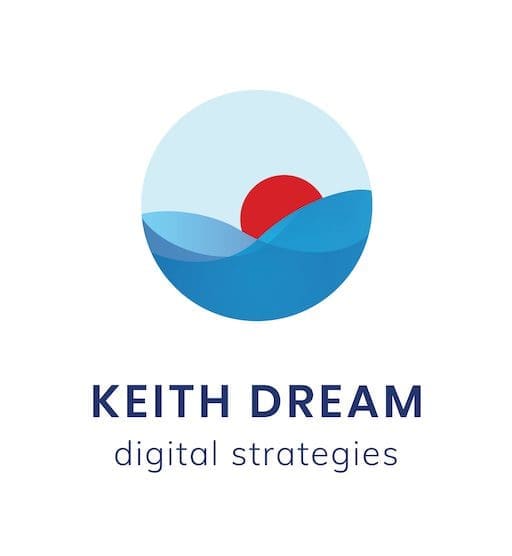

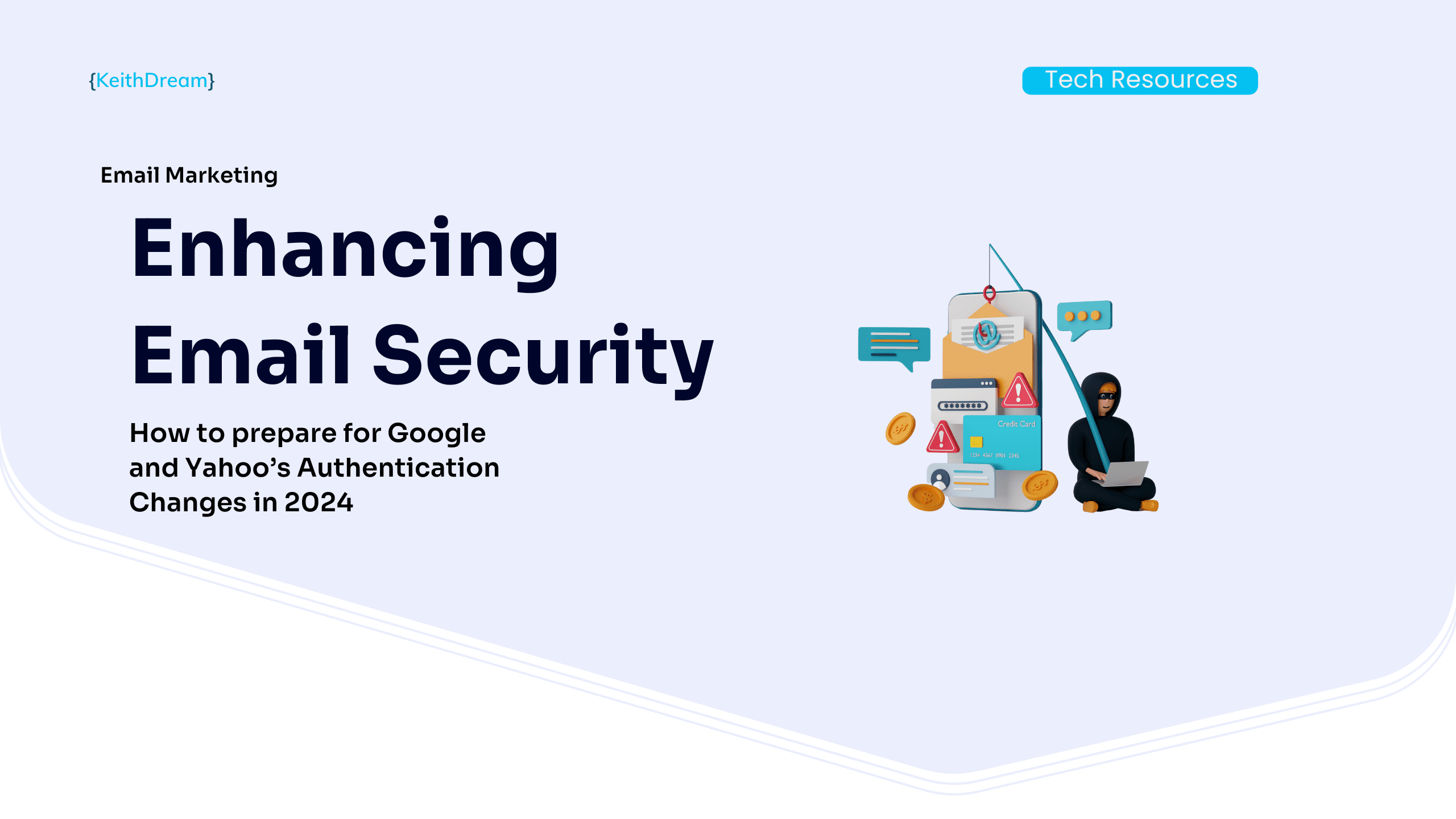

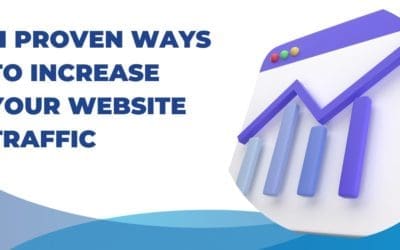



0 Comments